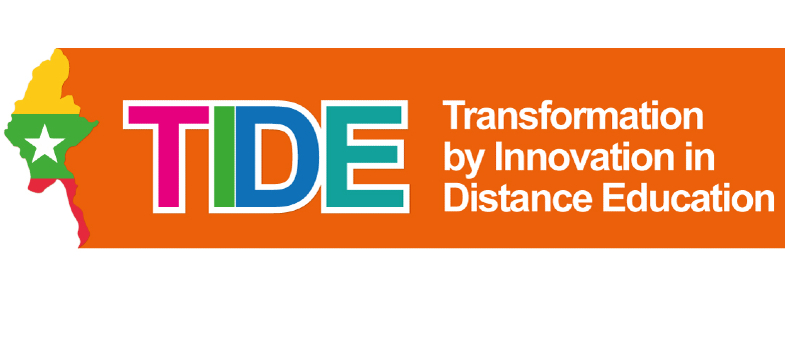What will I study in Step 1?
The table below lists the activities contained in this phase of the programme. It repeats the details on the type of activities involved, their learning outcomes and their relationship to the programme learning outcomes. What follows are the individual assets that were used to support each of the named activities.
|
Activity name and acronym |
Activity type(s) |
Activity Learning Outcome(s) or Aims |
Programme Learning Outcome(s) being addressed by this Activity |
|
Academic Professional Practice 1 RS activity (APP1) |
1. Assimilative 2. Communication 3. Productive |
|
1. Explain the role of quality assurance and enhancement processes for providing a good quality distance learning experience for students |
|
Exploring Openness and Open Licenses RS activity (EOOL) |
1. Assimilative 2. Communication |
|
2. Understand what the principles and practices of openness in education means for you and your institution in developing and sharing educational resources |
|
Putting the Teacher in the Text RS activity (PTT) |
1. Assimilative 2. Communication |
|
1. Explain the role of quality assurance and enhancement processes for providing a good quality distance learning experience for students 3. Evaluate the learning needs of students to help inform the design of teaching programmes 4. Design and develop open educational resources (OER), whether online or in a physical form, that teach and assess learning outcomes |
